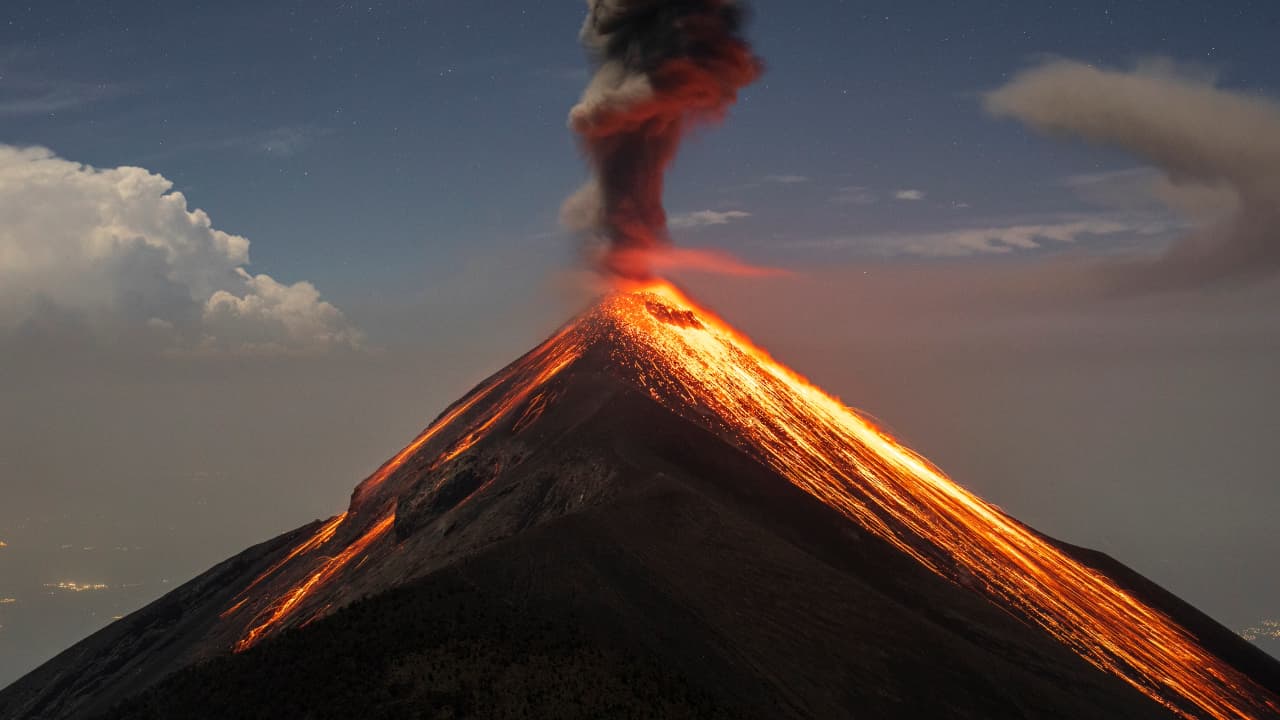New study finds that volcanic eruptions can significantly alter rainfall patterns worldwide, particularly in tropical regions. Eruptions cause shifts in the Inter-Tropical Convergence Zone (ITCZ), leading to unusual rainfall distribution. Read more.
Volcanoes can have a major impact on rainfall around the world, according to a recent study by Princeton University. New research published in Nature Geoscience shows that large volcanic eruptions can change rainfall patterns, especially in tropical regions near the equator. While it is known that big eruptions can cool the Earth temporarily, this study shows that there are other important weather-related effects as well.
What Happens When a Volcano Erupts
When a volcano erupts, it releases gases, like sulphur dioxide, into the upper atmosphere. These gases form tiny particles called aerosols that block sunlight and lead to temporary cooling of the Earth’s surface. But the study found that these aerosols also have a significant effect on rainfall, especially near the equator, where tropical rain belts are located.
Role of the Equator
Interestingly, the equator plays a key role in how rainfall is distributed across the globe. A weather system known as the Inter-Tropical Convergence Zone (ITCZ) moves across the equator and is responsible for bringing heavy rain to tropical regions. This system shifts slightly with the seasons, creating wet and dry seasons in many parts of the tropics. After a major volcanic eruption, this rain belt can shift much more than usual. For example, the researchers studied three major eruptions: Santa Maria in Guatemala (1902), Agung in Indonesia (1963), and Pinatubo in the Philippines (1991).
Observations
When the volcanic plume stays in one hemisphere, it results in certain ITCZ shifts. This causes less rain and fewer floods in the hemisphere where the eruption occurred and more rain in the opposite hemisphere.
When the plume spreads across both hemispheres, as it did with the Pinatubo eruption, different effects are observed. There’s less flooding in tropical regions in both hemispheres and more rainfall in desert-like areas.
For example:
• After Agung erupted in the Southern Hemisphere, rainfall decreased in southern tropics and increased in northern ones.
• After Santa Maria, the Northern Hemisphere experienced reduced rainfall, while flooding increased in the southern tropics.
The researchers believe this might be due to a weather pattern called monsoon-desert coupling. In this pattern, air that sinks over monsoon regions rises over nearby deserts, drawing in moisture and causing unexpected rainfall in dry areas. The research is significant because it shows that volcanic eruptions can cause major changes in weather patterns far from the eruption site.
These changes can last for a year or more and lead to: Flooding in unexpected place and droughts in areas that usually receive rain.
Why Is it Important
Professor Gabriele Villarini says that the study highlights how natural events like volcanic eruptions can disrupt large weather patterns and have global ripple effects.
It also underscores the complexity of the climate system, showing that even a single event can shift weather zones, change rainfall, and affect water availability in different parts of the world. The research reminds us that climate is a global system, and any change in one part of the world can have unexpected effects elsewhere.
